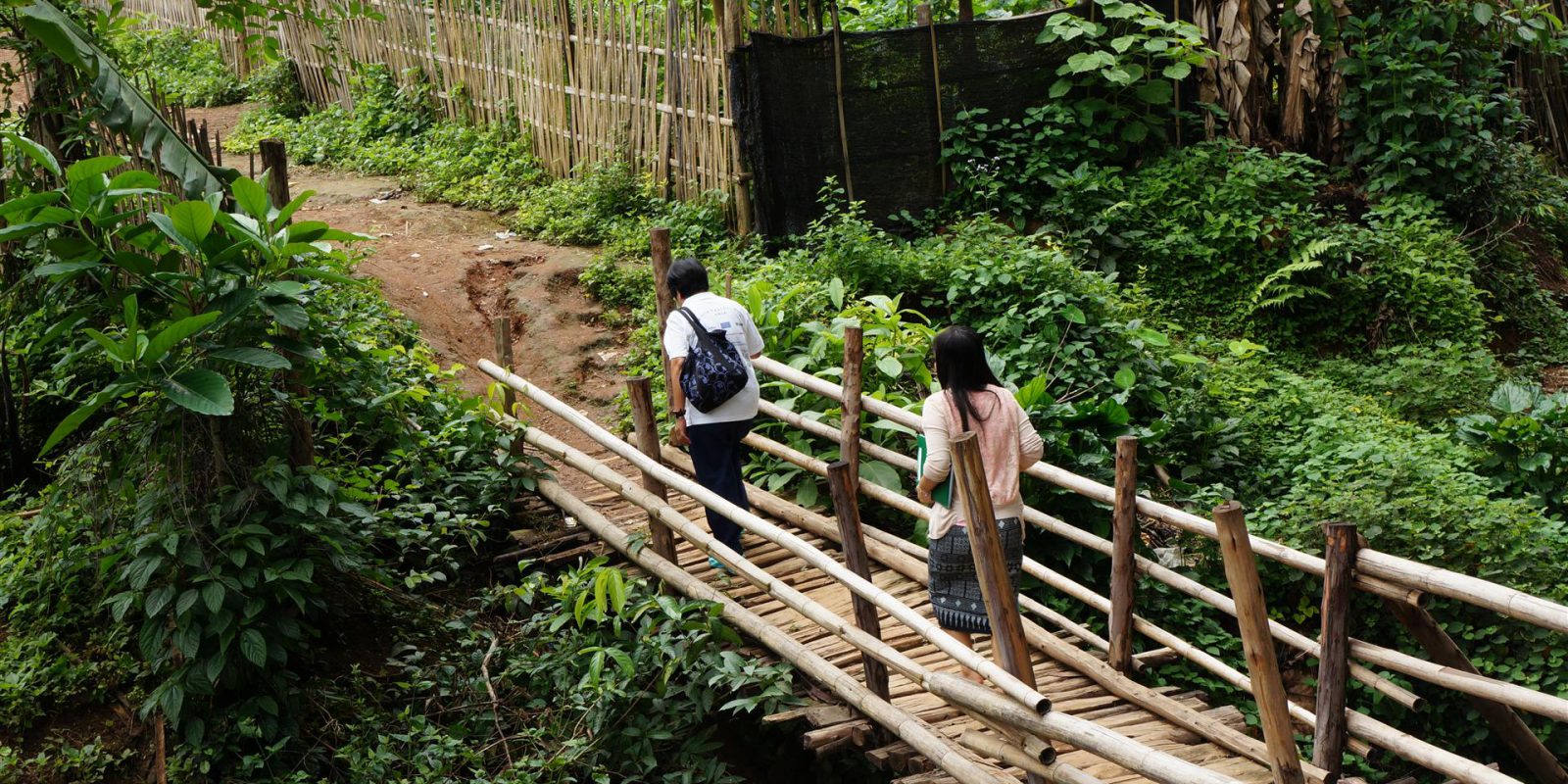Australia: removing a country from the migration zone
28 May 2013| Oliver White

Sydney, 28 May 2013 — In an unprecedented effort to deter the arrival of asylum seekers who are in need of sanctuary, the federal Labor party has performed a dramatic U-turn and excised the entire Australian mainland from the migration zone.
In 2006 the Labor party opposed the Howard government’s attempt to excise mainland territory with the future Labor Minister for Immigration, Chris Bowen, claiming the defeated bill was “a bad bill with no redeeming features” that constituted “a stain on our national character”.
Asylum-seekers who arrive anywhere in Australia by boat without a visa will now be subjected to the same arrangements as those who arrive at existing excised territories – removal to offshore processing centres in Nauru and Papua New Guinea (PNG), no access to lawyers or legal advice and a wait of up to five years for a permanent visa or resettlement to a third country.
Asylum seekers who arrive by plane will not be affected by the changes, and will continue to be processed in the community.
Australian government violates international law
Refugee advocates are outraged and argue that the government is ignoring its international obligations and jeopardising the global asylum system by setting a dangerous precedent that other countries may follow.
“The excision bill has not just removed the Australian mainland from its own migration zone; it has in effect removed the concept of asylum for boat arrivals from Australian law, and therefore placed Australia in breach of international law,” says JRS Australia Director Fr Aloysious Mowe SJ.
As the bill was debated in the Senate, the Australian Greens party proposed a number of amendments to the legislation, including access to offshore processing centres for the Australian Human Rights Commission and the media, and the removal of children from Manus Island.
The Labor party rejected the Greens’ proposals, arguing they would infringe on the sovereignty of PNG and Nauru.
“Australia’s refusal to allow the AHRC access to the Nauru and Papuan centres on the grounds that this would infringe on the sovereignty of these two countries is simply a further exercise in evading Australia’s responsibilities,” says Fr Mowe.
Australia’s Human Rights Commission has also condemned the legislation, saying it undermined the nation’s obligations under the 1951 Refugee Convention.
“By targeting unauthorised maritime arrivals, the legislation discriminates against vulnerable people and penalises them because of the way they arrive in Australia,” says Commission President Gillian Triggs.
The UN’s refugee agency, UNHCR, has pointed out that acts such as excision of territory for domestic policy purposes have no bearing on a country’s international treaty obligations. As such, asylum seekers arriving in Australia still engage Australia’s international obligations under the 1951 Refugee Convention.
The UNHCR argues that while Australia can share some part of those obligations with other countries, the primary responsibility for asylum seekers arriving in Australia remains with that country.
Confusion reigns over management of offshore detention centres
Adding to the confusion, PNG Prime Minister Peter O’Neill is reported as saying that it is the Australian government, and not PNG, that is in charge of the Manus Island processing facility.
Fr Mowe argues that Australia should have reached agreement with PNG regarding independent oversight of the Manus Island facility, as called for by the Expert Panel Report, prior to the facility opening.
“It was a grave dereliction of duty on the part of Australia to have opened the facility before such safeguards were guaranteed,” he says.
The policy has drawn criticism from an unlikely source: a member of the Expert Panel that originally recommended the current offshore processing policy has called for the closure of the Manus facility, if “compliance with international obligations, no arbitrary detention, the provision of legal assistance, review mechanisms, case management services, health and mental health programs” are not put in place immediately.
As Australia takes extraordinary steps to avoid its responsibility for a comparatively small number of asylum seekers, the UNHCR has reported that more than 1.5 million Syrians have fled their conflict-ravaged homeland and are being accepted by neighbouring countries, such as Jordan and Lebanon, who collectively host nearly one million refugees. A further half a million Syrian refugees are seeking shelter in Turkey, Iraq and Egypt.
With four-fifths of the world’s estimated 15.2 million refugees hosted in developing countries, Australia’s excision of territory to minimise its refugee intake demonstrates what the UNHCR High Commissioner Antonio Guterres called in 2010 “[vastly overblown] fears about supposed floods of refugees in industrialised countries.”
Government parties foiled in excision controversy
While the expert panel on asylum seekers recommended the most recent changes, the decision to excise Australian territory to limit migration has been an ongoing and controversial topic debated in government for more than a decade.
Earlier, in September 2001, the Howard government excised Ashmore Island, Cartier Islands, Christmas Island, and Cocos Islands from the migration zone, to limit the ability of asylum seekers arriving by boat to make valid visa applications or access judicial review.
A further attempt to excise the entire territory in 2006 failed after a backbench revolt led by Liberal moderates.
In 2010, a landmark High Court ruling found that the processing procedures on Christmas Island were unlawful and unconstitutional. This resulted in asylum seekers being granted the same access to Australian courts as those arriving on the mainland.
Oliver White, JRS Australia, Head of Policy and Advocacy



